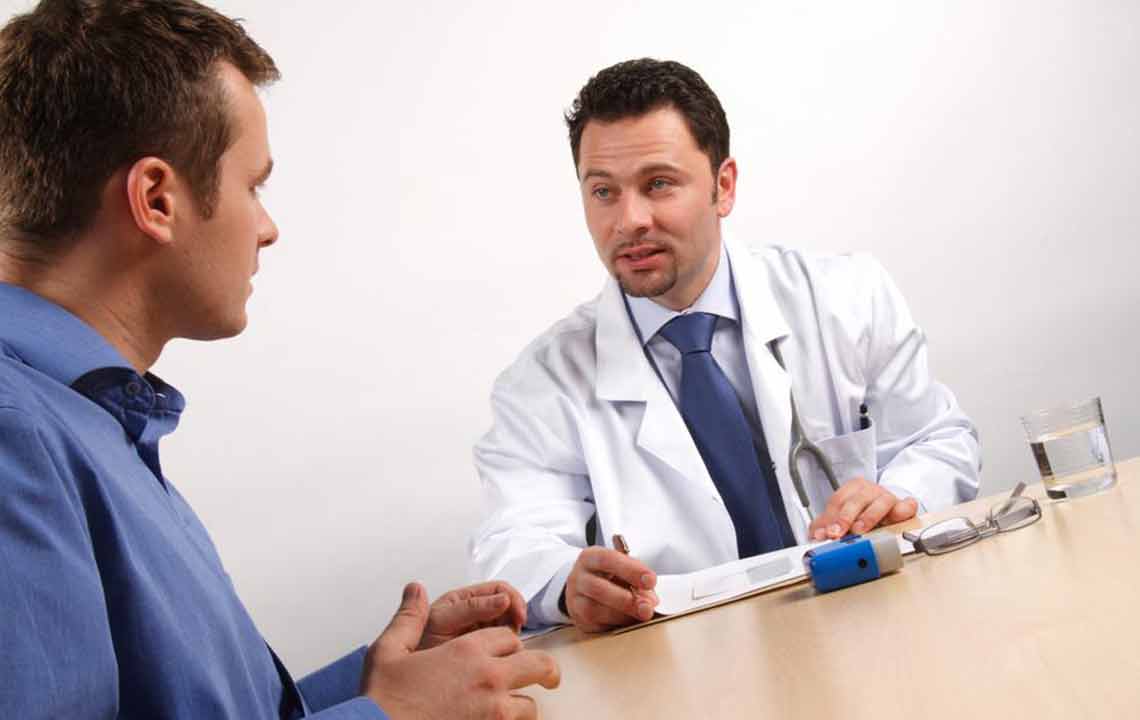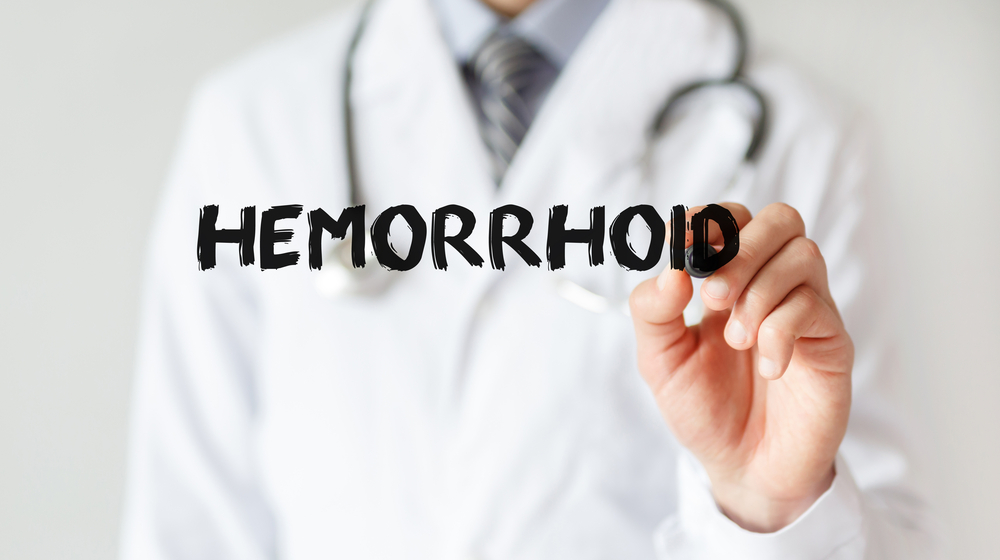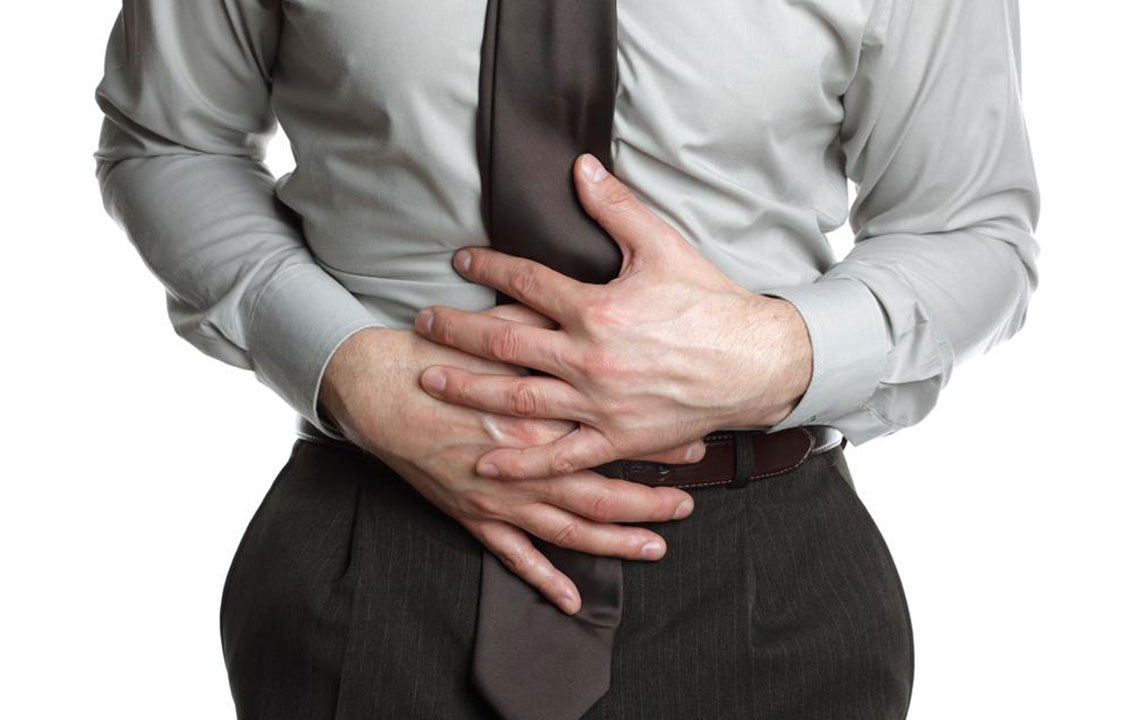Understanding and Managing External Hemorrhoids
Learn to identify external hemorrhoids and explore effective management options. The article covers symptoms, causes, preventive measures, and treatment methods, emphasizing lifestyle changes and medical procedures to relieve discomfort and prevent complications.

Recognizing Symptoms and Effective Treatments for External Hemorrhoids
External hemorrhoids occur when veins around the anus swell, leading to discomfort and visible lumps beneath the skin near the anal region. They often result from constipation, prolonged sitting, or strain during bowel movements. The affected area may appear bluish, tender, and swollen, causing pain but typically not posing serious health risks. Most external hemorrhoids can be alleviated with proper care within a few weeks.
In some cases, large thrombosed hemorrhoids may require removal by a healthcare provider under local anesthesia. Symptoms like persistent pain, swelling, or fever could indicate complications such as infections, necessitating prompt medical attention.
Managing Thrombosed Hemorrhoids
Initial treatment focuses on preventing constipation through increased fiber and fluid intake, along with over-the-counter pain relievers like ibuprofen or Tylenol. Warm baths help relax muscles and reduce swelling. Full recovery generally takes 2 to 3 weeks. Post-treatment care includes limiting physical activity, changing dressings, and soaking the area in warm water several times daily to encourage healing.
Recognizing External Hemorrhoid Symptoms
Common signs include persistent anal itching, pain, swelling, and visible lumps around the anus. Bleeding during bowel movements is also frequent, with veins enlarging due to repeated straining. Pregnant women are particularly prone because of increased pressure on pelvic veins from the growing uterus.
Prevention and Relief Measures
Adopt a high-fiber diet rich in fruits, vegetables, and grains—aim for at least 30 grams daily. stay well-hydrated with 6-8 glasses of non-caffeinated fluids to keep stools soft. Follow medical advice regarding medications, and avoid strenuous activities that may exacerbate symptoms. Gentle exercises like walking are beneficial.
Diagnosis and Treatment Approaches
Diagnosis typically involves physical exams and procedures such as anoscopy, proctoscopy, sigmoidoscopy, or colonoscopy to determine the severity and location of hemorrhoids. Treatment options include topical medications, cold compresses, suppositories, or surgery for severe cases. Maintaining a healthy lifestyle and diet plays a vital role in preventing hemorrhoids, and early intervention can significantly reduce discomfort.


